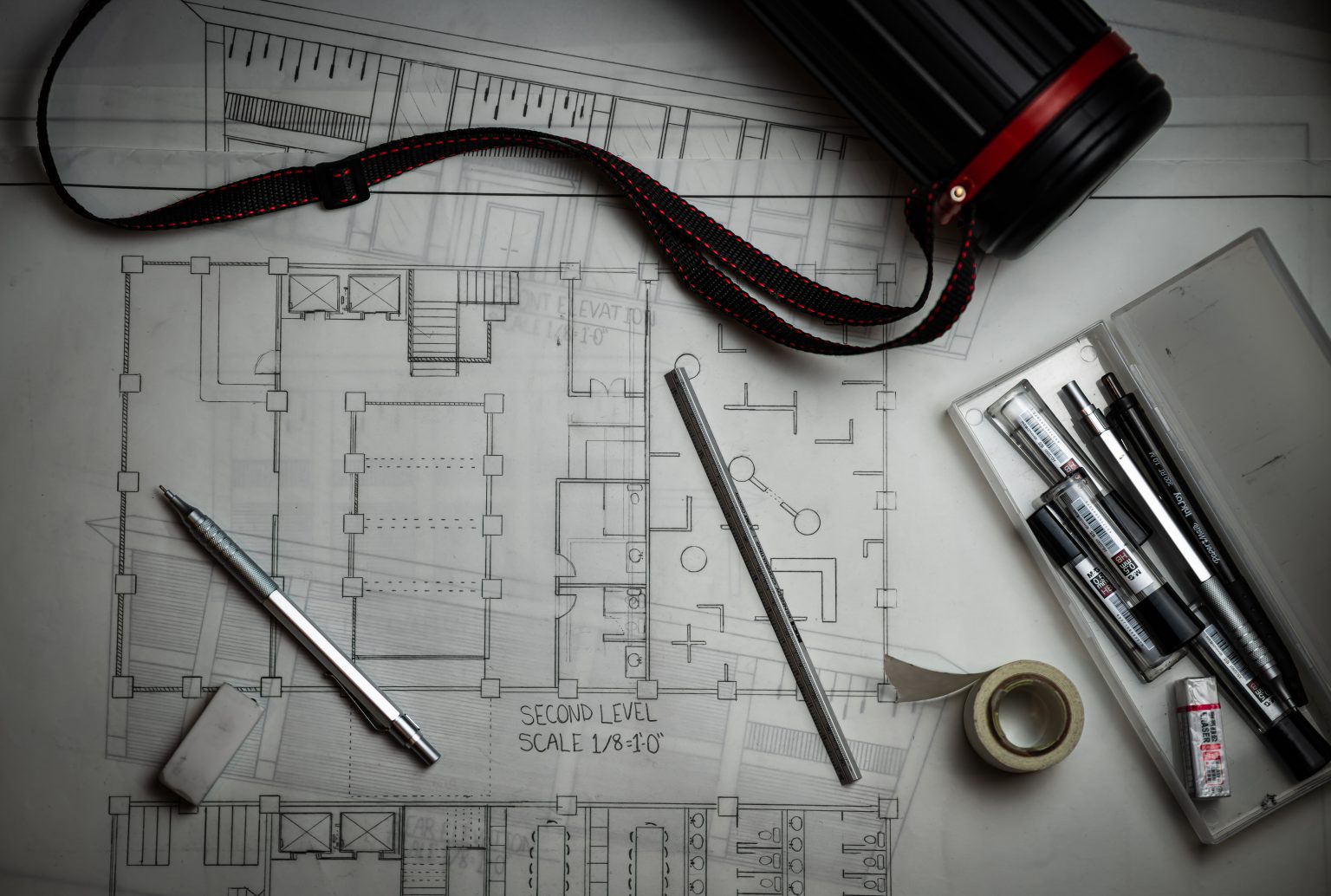The views in an engineering drawing are essential to the design and development process since they depict the final result. In addition, engineering drawings convey information about a product’s design, manufacture, and assembly to those who need to know its dimensions, placement, and other characteristics. The importance of various engineering drawing views will be covered in this article.
1. Understanding Object
Engineering sketch views are crucial because they give engineers an all-encompassing picture of the product they are designing. For example, an object’s general form, dimensions, and arrangement can be displayed in a 2D engineering drawing, while the surface texture, features, and particulars can be shown in a 3D view. By doing so, they can form a precise mental image of the finished product and adjust accordingly.
2. Visualization
Having a visual representation of the thing in the form of engineering drawing views is helpful for both designers and manufacturers before construction. The object can be modeled in three dimensions, allowing for rotation, zooming in and out, and a closer look at any part. With the help of this visualization, defects in the design can be spotted before they cause significant problems in production or assembly.
3. Communication
All parties involved in developing a product can communicate more efficiently according to the engineering drawings that provide multiple perspectives of the product at various stages of development. In addition, engineering drawing views can improve the quality of a project by facilitating discussions, feedback, and collaboration between team members due to their clear and detailed depiction of the thing in question.
4. Production and Assembly
In the manufacturing and assembly processes, engineering drawing views are essential. They supply precise and accurate information regarding the required dimensions, tolerances, and materials for the product’s construction. With this information, factories can make special molds, produce components, and assemble products without waste.
5. Quality Control
Production quality control relies heavily on engineering drawing views to ensure consistent product output. They offer a method for ensuring that the manufactured product adheres to the design specifications by acting as a check and balance during manufacturing. The quality of the final product can then be guaranteed to be as high as necessary and up to the standards set by the customer.
6. Documentation
The views in an engineering drawing might be used to prove the design and development process in court. They help establish the product’s final form and function relative to the intended design and any changes made during development. This can be useful since it provides a written history of the product’s creation, which might be crucial in a lawsuit or other dispute.
7. Product Care
The perspectives shown in engineering drawings are helpful when servicing, repairing, or replacing a product. They serve as a guide for technicians and maintenance workers to learn about the product’s construction and assembly, which aids in detecting and resolving problems. In addition, the exact measurements and tolerances needed during a part replacement can be found in the corresponding engineering drawing views.
Conclusion
Views from engineering drawings play an essential part in the design and development process. These drawings provide designers, manufacturers, and other stakeholders with the information they need to design and construct products that meet the necessary quality standards. They paint a detailed picture of the final product, which helps with coordination, collaboration, and checking for defects. In addition to being legally required, they help with product upkeep, repairs, and replacements. Engineering drawing views must be accurate, exact, and high-quality for efficient product design and development.





